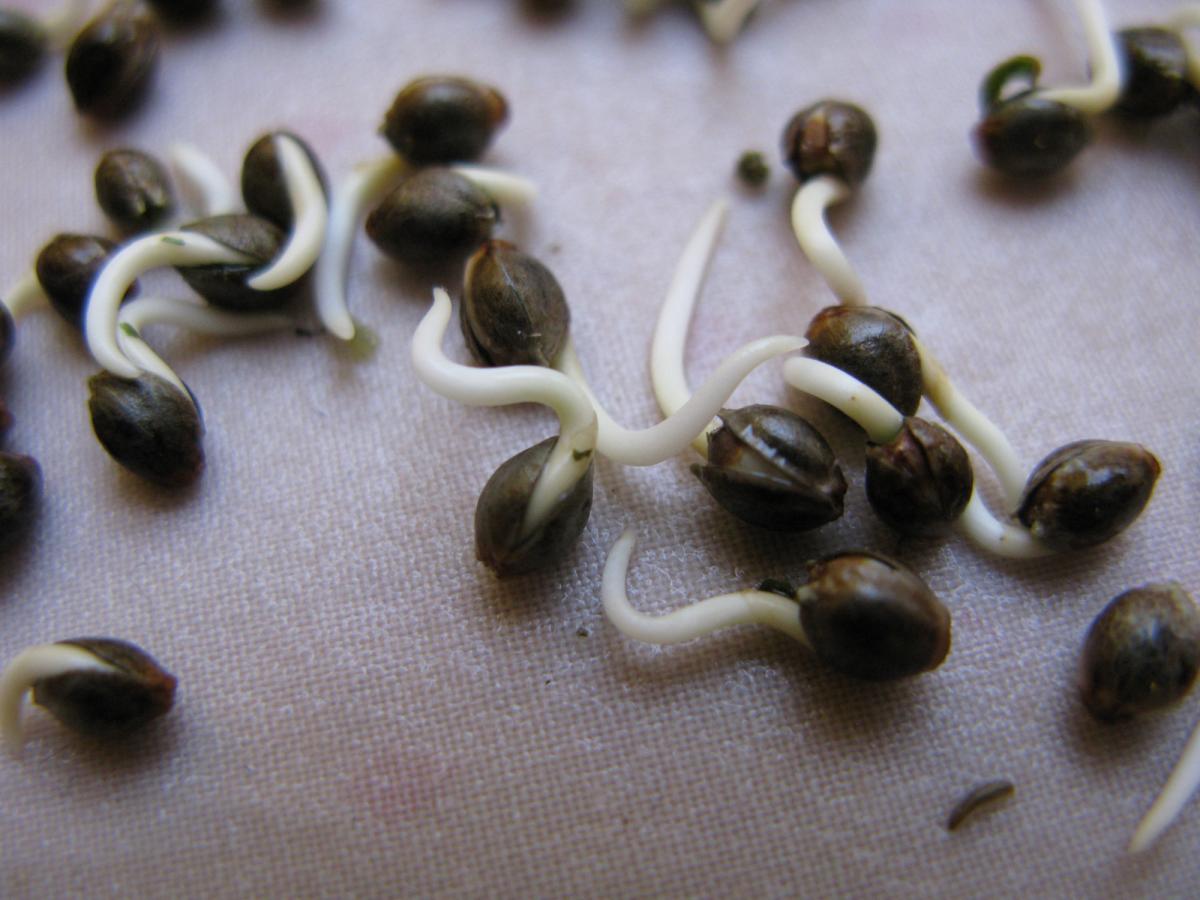Hashish, a plant with a abundant historical past dating back again hundreds of yrs, has not too long ago taken middle stage in discussions about biodiversity. As additional countries embrace the legalization of hashish, it is essential to understand the impact of hashish cultivation on biodiversity, specifically as a result of the lens of its seeds. In this posting, we are going to take a look at the intricate relationship involving hashish seeds and biodiversity, shedding gentle on the significance of sustainable methods in nurturing a various and resilient ecosystem.
The Origins of Cannabis and Seed Diversity:
Cannabis, scientifically identified as Hashish sativa, is believed to have originated in Central Asia. Around the generations, it has spread across the world, adapting to different climates and ecosystems. The plant exhibits an astonishing variety in its genetic make-up, resulting in a myriad of strains, just about every with its special set of properties.
Hashish seeds, the foundation of this botanical diversity, have the genetic details that decides the plant’s characteristics, together with its growth patterns, cannabinoid articles, and resistance to pests and health conditions. This genetic range is a crucial part of biodiversity, contributing to the overall well being and resilience of ecosystems.
Biodiversity Benefits of Cannabis Cultivation:
Genetic Resilience:
The variety of hashish seeds makes sure that some strains are better suited to specific environmental situations. This genetic resilience will become specially significant in the deal with of climate alter, as particular strains may confirm far more adaptable to shifting weather conditions designs, helping ecosystems endure environmental problems.
Pest and Condition Resistance:
A numerous array of cannabis strains means different ranges of resistance to pests and conditions. By cultivating distinctive strains, farmers can lessen the reliance on chemical pesticides and foster a a lot more balanced and normal strategy to pest administration. This, in turn, promotes a healthier environment for other flora and fauna inside the ecosystem.
Soil Wellbeing and Nutrient Cycling:
Cannabis, when integrated into a diverse crop rotation process, can lead to soil wellness and nutrient cycling. Selected strains have precise interactions with soil microorganisms, enhancing the soil’s fertility and over-all ecosystem wellness. This encourages a much more sustainable and regenerative agricultural technique.
Problems to Hashish Seed Biodiversity:
Monoculture and Genetic Erosion:
The rising demand from customers for precise cannabis strains has led to monoculture methods, the place massive parts are committed to cultivating a one strain. This monoculture can outcome in genetic erosion, exactly where the variety within just the cultivated strain diminishes over time, producing the whole crop a lot more susceptible to pests and ailments.
Decline of Native Strains:
As industrial cultivation expands, there is a risk of neglecting or displacing indigenous cannabis strains. These indigenous strains may possibly have exceptional genetic qualities that are vital for the long-term sustainability of regional ecosystems. The decline of these strains could have far-achieving penalties on biodiversity and ecosystem stability.
Sustainable Tactics for Cannabis Seed Biodiversity:
Crop Rotation and Diversification:
Implementing crop rotation with other appropriate plants can break the cycle of pests and disorders particular to hashish. Get More Info manage a healthy stability within the ecosystem and helps prevent the overreliance on a one strain.
Seed Banking and Conservation:
Establishing seed banks devoted to preserving a various collection of cannabis seeds is very important for safeguarding genetic methods. Conservation attempts should prioritize native strains, making sure their availability for future generations and prospective use in restoring ecosystems.
Community Involvement and Education:
Engaging regional communities in sustainable hashish cultivation procedures is necessary. Education and learning about the significance of biodiversity, seed preserving, and sustainable farming approaches empowers farmers to make educated decisions that benefit equally their livelihoods and the surroundings.
Conclusion:
Hashish seeds play a pivotal job in sustaining and maximizing biodiversity in just ecosystems. As the hashish field carries on to evolve, it is essential to prioritize sustainable cultivation techniques that nurture and maintain the genetic range of this outstanding plant. By embracing a holistic method to cannabis cultivation, we can not only experience the advantages of diverse strains but also add to the in general wellness and resilience of our purely natural globe.